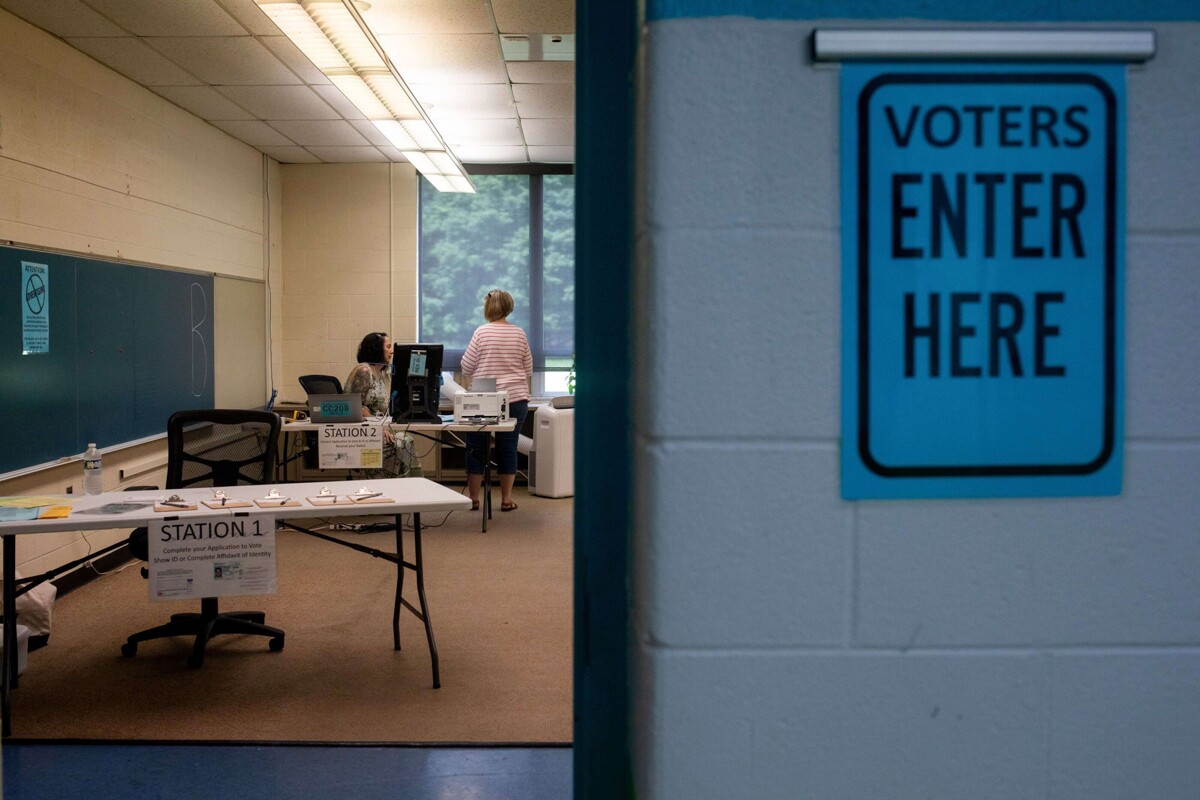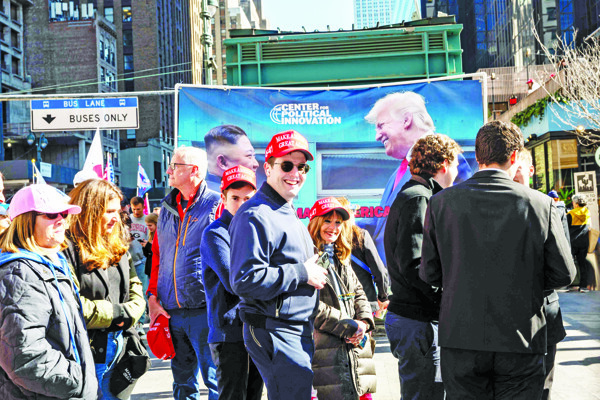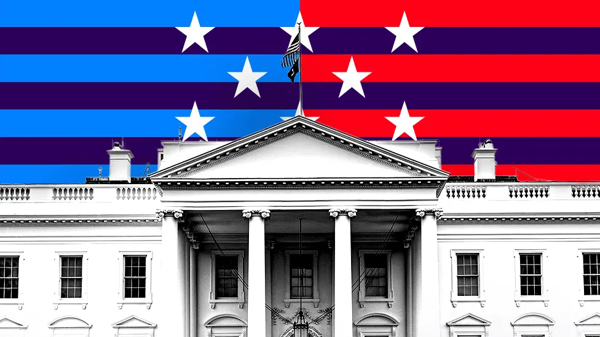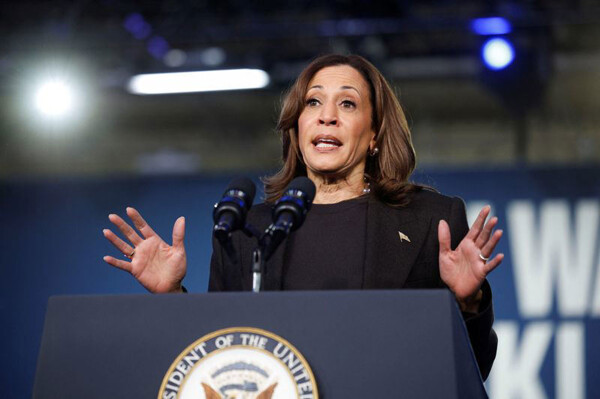
The upcoming presidential election in the United States is marked by a possible change in voter participation. If the number of men voting increases significantly compared to the last election, all indications suggest that Trump will benefit from this increase. On the other hand, an interesting picture is emerging regarding Hispanic and Black voters, as it seems potential support for Trump is growing among young Hispanic and Black men.
On average, studies indicate that around 26 percent of Black men under 50 prefer Trump compared to 49 percent who plan to vote for Harris. This increase in preference for Trump among Black and Hispanic men could lead him back to the White House with support from these groups that no other Republican candidate has had since 1964.
Despite Trump's rhetoric and actions being criticized by most American voters in the past, a notable percentage of Hispanics and Blacks appear not to have found the president's remarks offensive. This contrasts with the radical positions expressed by Trump, such as unfounded accusations and polarizing comments about immigrants and minorities.
Polls suggest that white women, traditionally a Republican stronghold, may be shifting their support to the left, which could influence the election results. Meanwhile, in places like Florida and Texas, Republicans have effectively attracted these voter groups, adding a competitive element to the electoral contest.
Amid the race, another crucial demographic in this election is young Black and Hispanic voters, whose perception of Trump and politics in general has been shaped differently compared to previous generations. The strategy of both candidates to capture their attention and vote will influence the final results.
Analyzing voting trends among young Black and Hispanic male voters, a possible realignment in support for one candidate over the other is observed. Any change in these voting patterns could have a significant impact on the results, especially in key states like Pennsylvania, where competition is intense.
As election day approaches, polarization in the United States becomes more evident, and the role of groups such as women, Hispanics, and Blacks becomes crucial. This year’s elections mark a division in terms of gender, with the potential to bring the first woman president to power, which could significantly change the national political landscape.
On the other hand, the stance of Hispanic and Black voters on issues such as immigration, crime, and the economy will also play a determining role in the election outcomes. The support of these demographic groups for one candidate or another could tip the scales in such a closely contested election.
Ultimately, the eve of the elections reflects a complex landscape and the importance of demographic and social factors in the decision-making of American voters.














